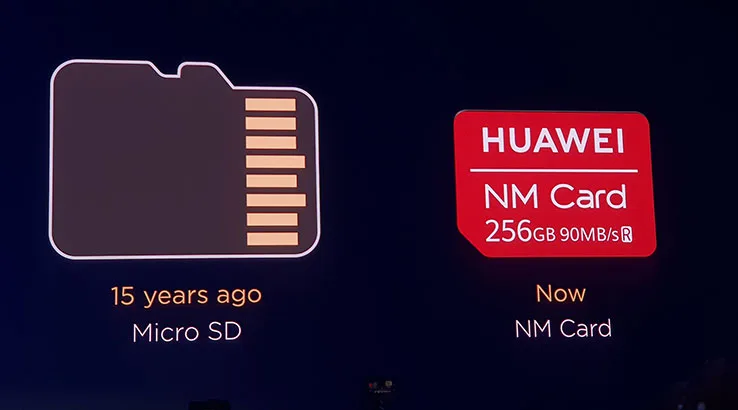Huawei Mate 20 Pro review: Plans | Pricing | Specs
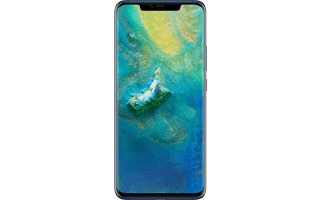
-
- Battery Score
4.5
- Camera Score
4.5
- Design Score
4
- Performance Score
4.5
- Battery Score
4.5
Summary
The Huawei Mate 20 Pro delivers great battery life, superb performance and an exceptional camera.
Details
Pricing & Availability
| Launch price (RRP) | $1,599 |
| Launch date | 2018-10 |
The good
- Amazing camera.
- Battery life that easily beats any other handset.
- Kirin 980 processor is top notch.
- Reverse wireless charging.
The bad
- We didn't need a new storage format.
- Fingerprint sensor needs a fair amount of force.
- No headphone jack.
- Some colours aren't coming down under.
Huawei's Mate 20 Pro lives up to the hype with a superb camera, outstanding battery life and exceptional style.
Huawei's strategy for its Mate phones in the past was to focus on the productivity features of its larger phones, leaving the more fun features for the stylish fashion-forward P series handsets. That all changes with the Huawei Mate 20 Pro, which switches to a fun new design, exceptional camera and market-leading battery performance.
It's Huawei's most expensive phone to date, and while not everybody needs a premium flagship, if you're in the market for one, you must consider the Huawei Mate 20 Pro.
Design
- Notched design.
- Blue or Black are the only colours coming to Australia.
- Protective case included.
- No headphone jack.
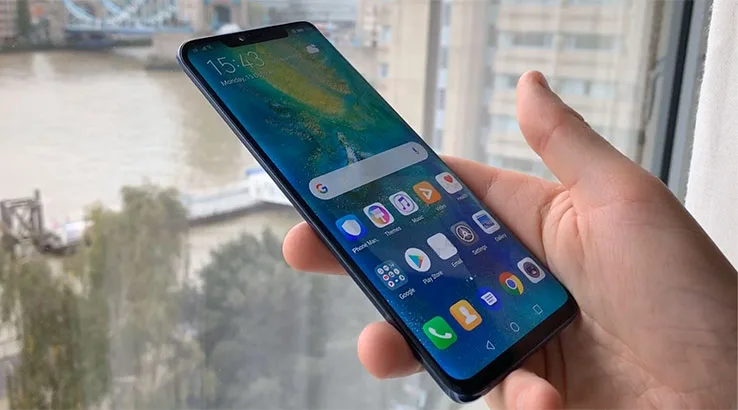
Camera
- Triple camera gives exceptional results.
- Macro mode works well.
- Great video stabilisation.
- Camera AI that (mostly) works.
- Some portrait effects are silly.
- No monochrome lens.

Performance
- Kirin 980 beats out the Snapdragon 845 – but not the A12 Bionic.
- Still a shadow over Huawei's benchmark honesty.
- Overall performance is very good.
- EMUI on top of Android Pie is odd.
- NM storage card format.
- Fingerprint sensor needs some force.
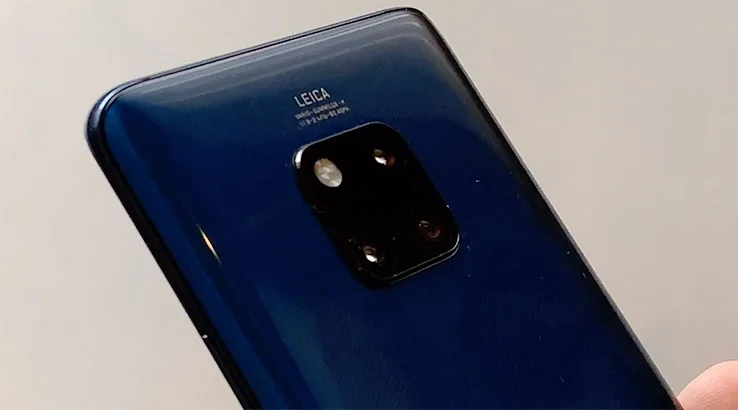
Battery life
- Best battery life on any phone, hands-down.
- Very fast wired charging.
- Fast wireless charging.
- Reverse wireless charging.

Verdict
- An astonishingly good phone.
- High priced for Huawei.
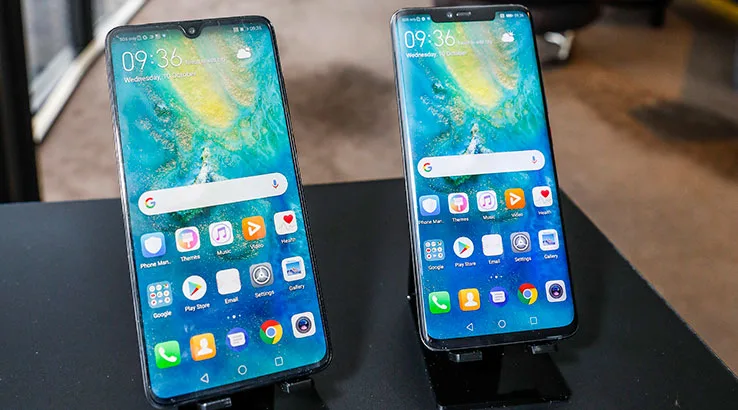
Pricing and availability
- Price: RRP $1599
- Where to buy: Kogan | eBay | Amazon Australia
Compare Huawei Mate 20 Pro plans
Back to topSpecifications
Display
Camera
Physical Dimensions
Connectivity
Power, storage and battery
Device features
Latest Huawei Mate 20 Pro news

Huawei P40 Pro review
The Huawei P40 Pro has an astonishingly great camera, but it's so significantly hampered by its software limitations that it's ultimately not worth your while.
Read more…
Huawei Y7 Pro 2019: Features | Pricing | Specs
The Huawei Y7 Pro 2019 is a simple budget phone with a reasonably large onboard battery.
Read more…
Huawei Y5 2019: Features | Pricing | Specs
The Huawei Y5 2019 provides a touch of style in the budget phone space.
Read more…













